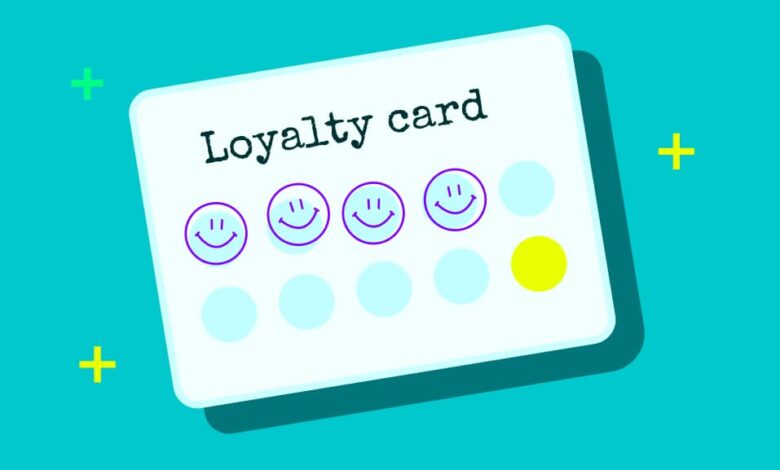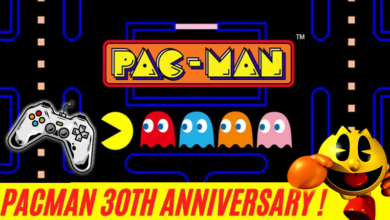Unlocking the Loyalty Code – How Successful Loyalty Programs Boost Customer Engagement

Implementing loyalty programs can be crucial for businesses, regardless of size. They can help increase purchase frequency and customer lifetime value.
Encouraging customer loyalty can be complex, and devising and promoting a loyalty program that truly engages your customers can be a more significant challenge. Fortunately, there are several methods to increase engagement!
Incentives
Customer loyalty programs are strategic marketing tools that reward customers for repeat purchases or brand-building behaviors. They typically involve a customer paying a membership fee to receive benefits that can be exchanged for future discounts.
These perks can include free products, exclusive offers, and early access to sales. For example, a shoe brand offers members a personalized shopping experience and special events aligning with their fitness goals.
Some brands also offer tier-based rewards, ranking customers based on purchase metrics and engagement levels. The higher a customer ranks, the more exclusive their rewards are.
Loyalty programs reward non-purchase behavior like social media shares or content engagement. It encourages a symbiotic relationship in which customers get rewards and businesses benefit from word-of-mouth promotion. A successful loyalty program should increase purchase frequency, average order value (AOV), and customer lifetime value. Cohort analysis can help identify if your loyalty program impacts these metrics.
Rewards
Retaining and growing existing customers is more cost-effective than acquiring new ones. Getting loyal customers to engage with your business more often and to spend more than they would without you is critical to growth.
Loyalty programs yield valuable data for a personalized customer experience. They can deliver more granular and detailed data than demographics, providing insight into individual buying behaviors, motivations, and preferences.
Using loyalty program data to drive targeted promotions accelerates the virtuous loyalty loop as customers earn rewards and redeem them, increasing their spending and frequency of purchases. Personalized discounts, tailored packages, referral rewards, and spin-the-wheel promotions are ways businesses can use data from their loyalty programs to improve customer engagement.
Beauty brands use data from their loyalty programs to create a VIP tier for their members. In exchange for $10 per month, gold-level customers receive exclusive benefits such as earning two points for every dollar spent and access to secret sales. The brand allows these members to test products and participate in a product tester community.
Personalization
Personalized customer interactions are vital to any loyalty program and can significantly boost engagement. Personalization can come in different forms, such as offering targeted rewards like a discount on a specific product to those who frequently purchase it or providing contextual experiences like suggesting new products or services based on a customer’s recent purchases or search history.
Loyalty programs can foster emotional connections with customers, leading to stronger brand loyalty. It could include sending a personalized thank-you note after a flight or inviting customers to join a social community. These are all excellent ways to demonstrate to customers that they are valued and that the company is committed to building a lasting relationship with them.
However, personalization must be carefully balanced with other factors in the loyalty equation, such as ensuring that any new experience is relevant and meaningful for the customer. For example, a recent study found that almost half of consumers would instead use loyalty points toward entries in sweepstakes for the chance to win prizes or experiences rather than towards product or service discounts.
Community
Community refers to a group of people who share something in common, whether a geographic location or an emotional bond. Being part of a community can make individuals feel less lonely and give them a sense of support they might not otherwise receive.
When brands cultivate a loyalty program that feels like a true community, customers are likelier to become brand ambassadors and promote the brand organically rather than through a paid campaign. Brands hold in-store workshops and events to foster a community of devoted customers who share their experiences with others.
Customer success teams can help promote a loyalty program’s benefits to new customers by sharing information about the program in emails and inviting them to join. Marketing teams can also reach out to existing loyal customers with program news and offers. One effective strategy to reach target customers is sending personalized emails and utilizing customer data from loyalty programs to tailor the content to their interests.
Convenience
A clear plan for communicating your loyalty program with customers is essential to ensuring participation. It can be done through email, app notifications, dedicated loyalty pages on your website or mobile app, SMS, and in-store signage. Integrating customer loyalty software with your POS system allows for automated targeted communications and data tracking.
Customers will be more likely to redeem rewards and participate in promotions if they feel their purchases benefit them directly, especially regarding convenience. It may involve online sizing, multiple shipping options, or free returns. 83% of customers say they consider convenience very important while shopping.
Another way to encourage loyalty is by providing tiers and exclusive benefits for your highest-spending loyal customers. This could involve getting early access to sales events, new product launches, or receiving premium customer service. A good example is Marvel’s points-based loyalty program, which rewards fans for things they already do (like engaging with the brand on social media or reading content) and then redeems those rewards for branded merchandise.



